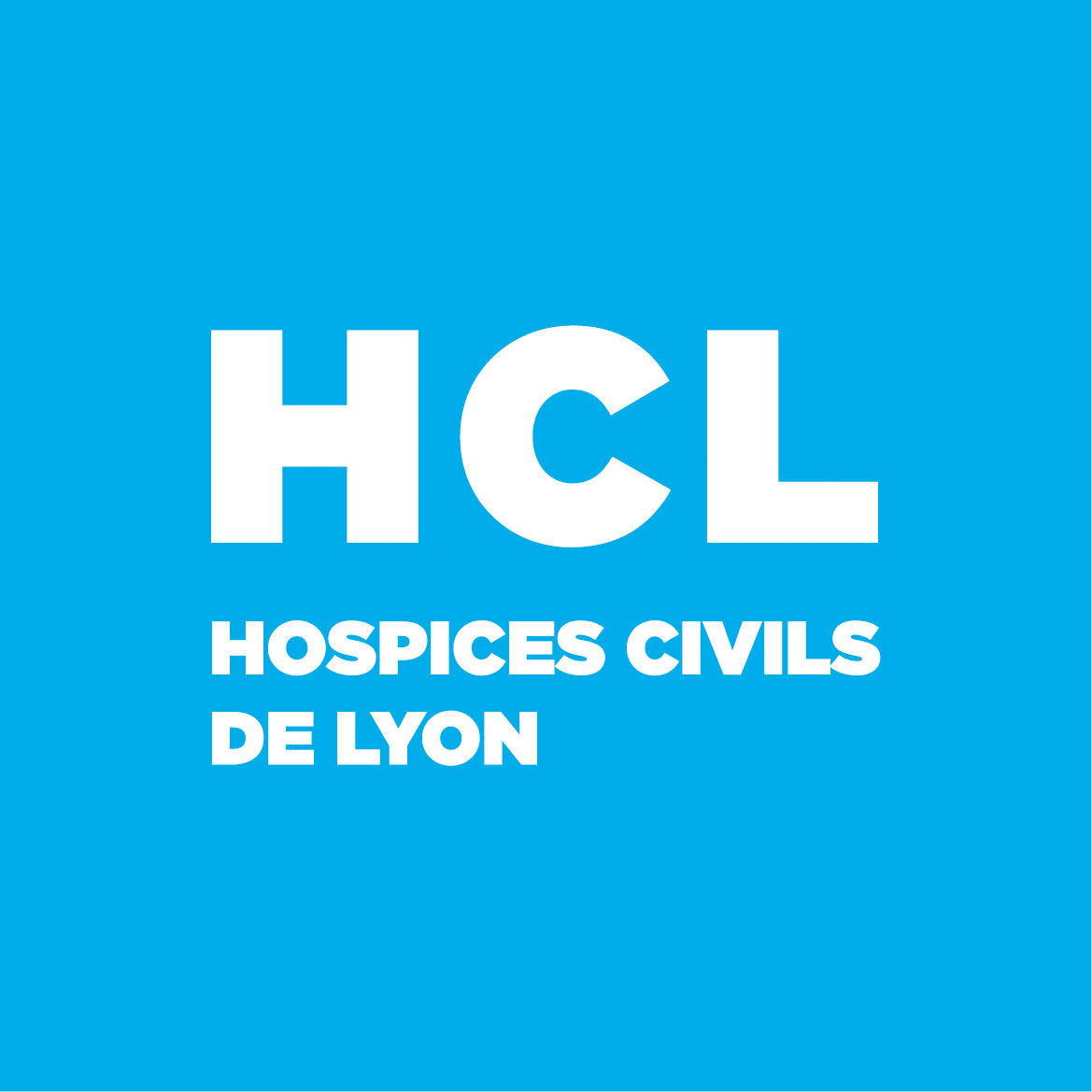Paclitaxel–bevacizumab combination in advanced non-squamous non-small-cell lung cancer (NSCLC): AVATAX, a retrospective multicentric study
Résumé
Introduction: Compared with docetaxel, the phase-III trial, ULTIMATE, showed a significant improvement of progression-free survival (PFS) with paclitaxel-bevacizumab combination (PB) as second-or third-line treatment in advanced non-small cell lung cancer (NSCLC). With the increase of immunotherapy treatment in first-line settings, the optimal treatment after first-line failure must be redefined. Methods: This multicentric retrospective study identified all advanced NSCLC patients treated with PB as second-line therapy and beyond. The main efficacy outcomes assessed were objective response rate (ORR), disease control rate (DCR), PFS, and overall survival (OS). The adverse events were reported according to Common Terminology Criteria for Adverse Events (CTCAE). Results: From January 2010 to February 2020, 314 patients in 16 centers received the PB combination. Most patients were male (55%), with a median age of 60 years (19-82), 95% had adenocarcinoma, 27% had a performance status ⩾2, 45% had brain metastases at the time of inclusion. They mostly received the PB combination either in second (20%) or in thirdline (39%), and 28% were treated just after ICI failure. ORR and DCR were 40% and 77%, respectively; median PFS and OS were 5.7 [interquartile range (IQR): 3.2-9.6] and 10.8 [IQR: 5.3-19.6] months, respectively. All grade adverse events concerned 82% of patients, including 53% asthenia and 39% neurotoxicity, and 25% of patients continued monotherapy (mostly with bevacizumab) alone due to toxicity. Median PFS for patients treated after ICI failure (ICI+) was significantly superior compared with those not previously treated with ICI (ICI-): 7.0 [IQR: 4.2-11.0] versus 5.2 [IQR: 2.9-8.8] months, p = 0.01, without statistically significant difference for OS between these two groups. In multivariate analysis, factors associated with superior PFS were previous ICI treatment and performance status of 0-1. Only a performance status of 0-1 was associated with superior OS. Conclusion: PB combination as second-line treatment or beyond for advanced non-squamous NSCLC had acceptable toxicity and a clinically relevant efficacy and is an option as salvage treatment for these patients, more particularly after ICI progression.
| Origine | Fichiers éditeurs autorisés sur une archive ouverte |
|---|
